Nearshore Water Quality 2014
Marsh Creek, which is the largest watershed in Greater Saint John, has been the recipient of centuries of untreated municipal wastewater deposition. Offensive odours, unsightly sanitary products and the threat posed by various human pathogens, resulting largely from the ~50 sewage outfalls in the lower reaches of Marsh Creek and the Saint John Harbour have caused most residents to abandon the wellness of the watercourse. ACAP Saint John, a community-based ENGO and champion of the Harbour Cleanup project, has been conducting water quality monitoring and fish community surveys in the watershed since 1993 with the view towards someday restoring the ecological integrity of this underutilised natural asset.
Analyses conducted by the Atlantic Coastal Action Program (ACAP) Saint John have indicated substantial improvements to the quality of water in Marsh Creek in 2014. The most notable change was the decrease in faecal coliform bacteria, which are used as an indicator for the potential presence of other disease causing pathogens such as amoebic dysentery and Hepatitis. Sampling conducted during 2014 along the lowest 400 m of the creek - which has historically received the greatest volume of untreated municipal wastewater - has shown decreases in faecal bacteria counts ranging from 95 to 99%, as compared to results from 2013.
